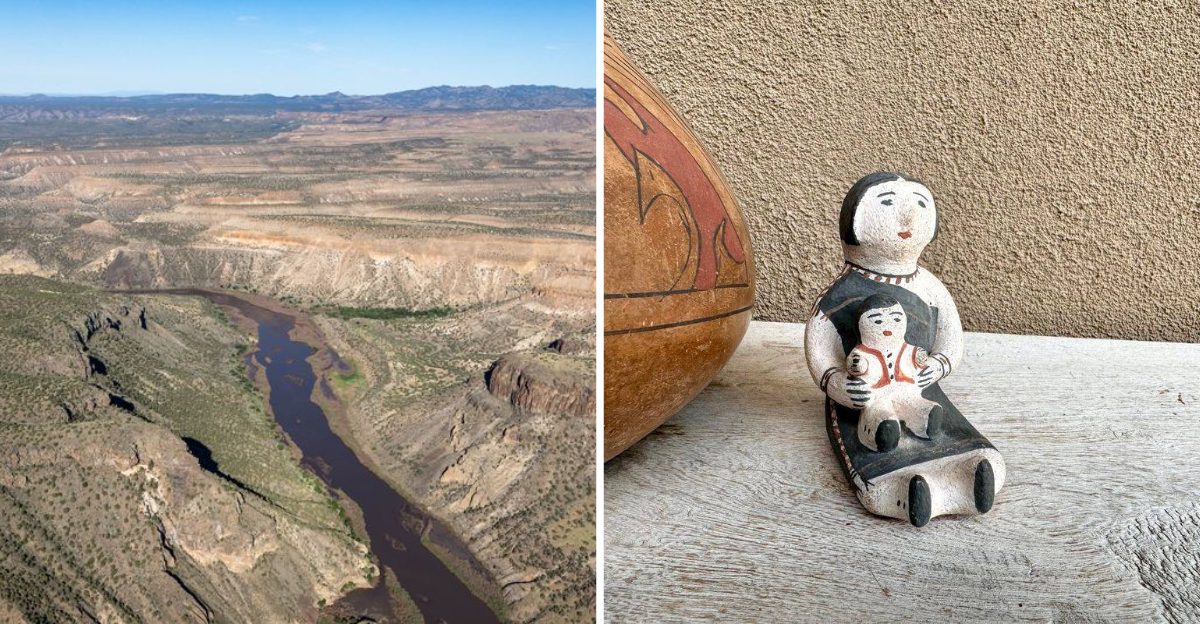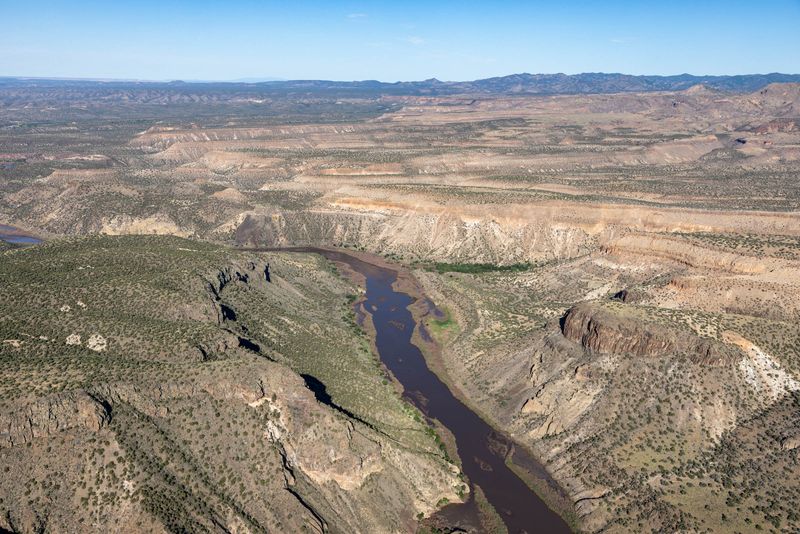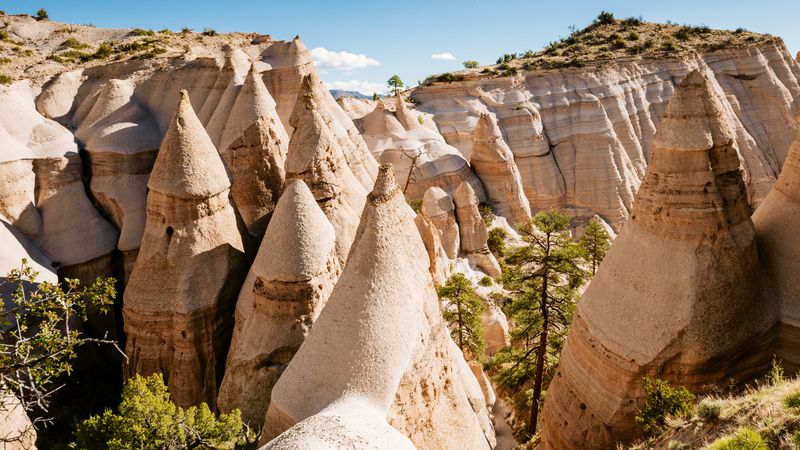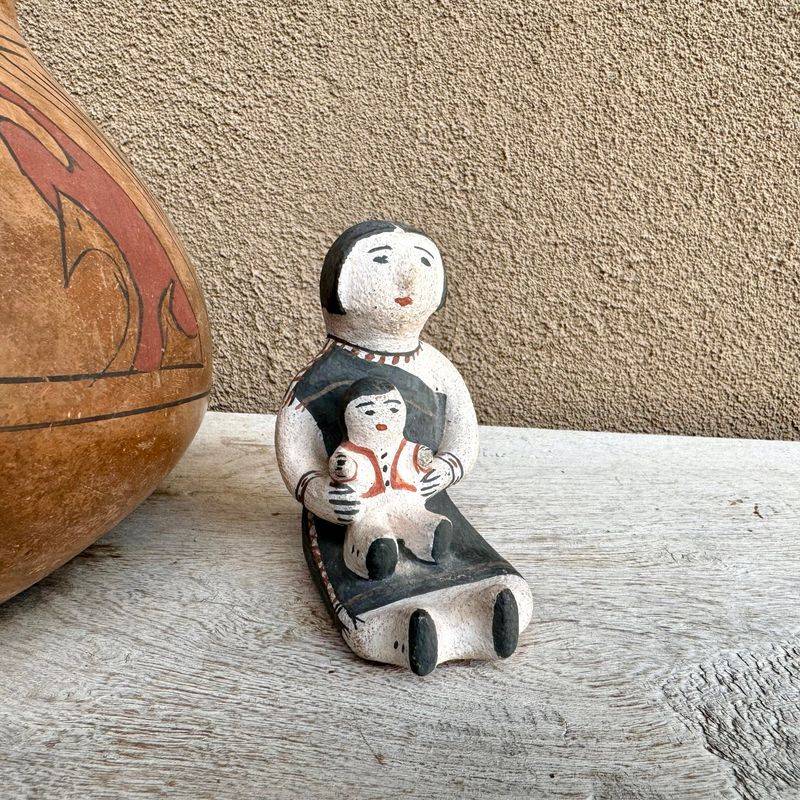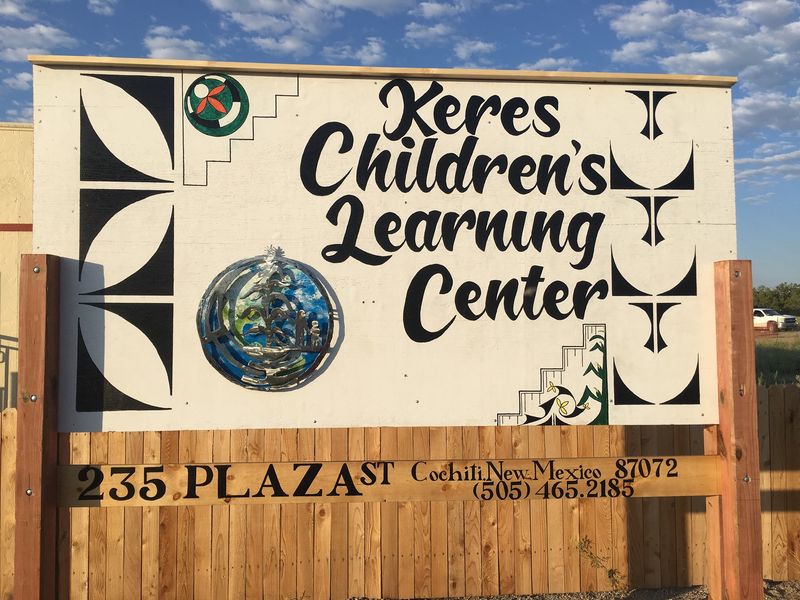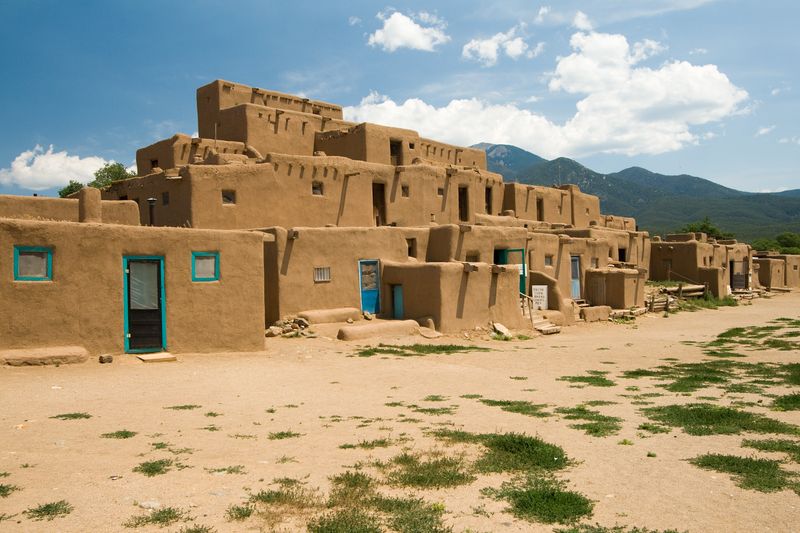Raised along the Rio Grande between Albuquerque and Santa Fe lies one of New Mexico’s most treasured indigenous communities. Cochiti Pueblo stands as a living testament to centuries of tradition, art, and spiritual connection to the land. Many travelers zoom past without realizing the rich cultural tapestry that continues to thrive just beyond the highway.
1. A Village Rooted in the Rio Grande
Water shapes everything in Cochiti. The Rio Grande doesn’t merely flow past the pueblo: it pulses through community life like a heartbeat.
Farmers still tend fields using irrigation techniques passed down through generations. Ceremonies honor the life-giving waters that sustain crops, wildlife, and people alike.
When standing on Cochiti shores, you witness not just a river, but the lifeline connecting past and present.
2. Where Earth and Spirit Intertwine
Sacred mountains watch over Cochiti like ancient guardians. Every rock formation, juniper tree, and desert plant holds meaning within pueblo cosmology.
Visitors often remark on the palpable sense of reverence that permeates daily activities. Morning prayers greet the sun, while evening rituals honor the transition to night.
Life in Cochiti flows according to spiritual rhythms that have sustained the community through centuries of change.
3. Clay That Tells Stories
Hands covered in clay work magic at Cochiti. Artisans transform simple earth into storyteller dolls—ceramic figures with open mouths, surrounded by listening children.
Each potter brings personal style to these celebrated creations. Figures might depict a grandmother sharing wisdom or a drummer calling the community together.
More than tourist souvenirs, these pieces preserve cultural narratives and provide economic sustainability for pueblo families.
4. Language, Memory, and Resilience
Words spoken in Keres carry ancestral wisdom impossible to translate perfectly into English. Younger generations now attend language classes where elders share not just vocabulary but worldviews embedded within speech patterns.
Songs echo through the pueblo during festivals, connecting speakers to thousands who came before. Community radio broadcasts strengthen linguistic pride.
Language preservation represents more than communication—it’s cultural survival manifested through sound.
5. Shadows of History, Strength of Survival
Resilience runs deep at Cochiti. When Spanish colonizers arrived in the 1500s, pueblo life faced unprecedented challenges to cultural practices and religious freedom.
Cochiti leaders joined the historic 1680 Pueblo Revolt, North America’s first successful indigenous revolution against European colonizers. After reclaiming their homeland, the community rebuilt.
Modern challenges continue, yet Cochiti thrives by adapting while fiercely protecting core traditions and sovereignty.
